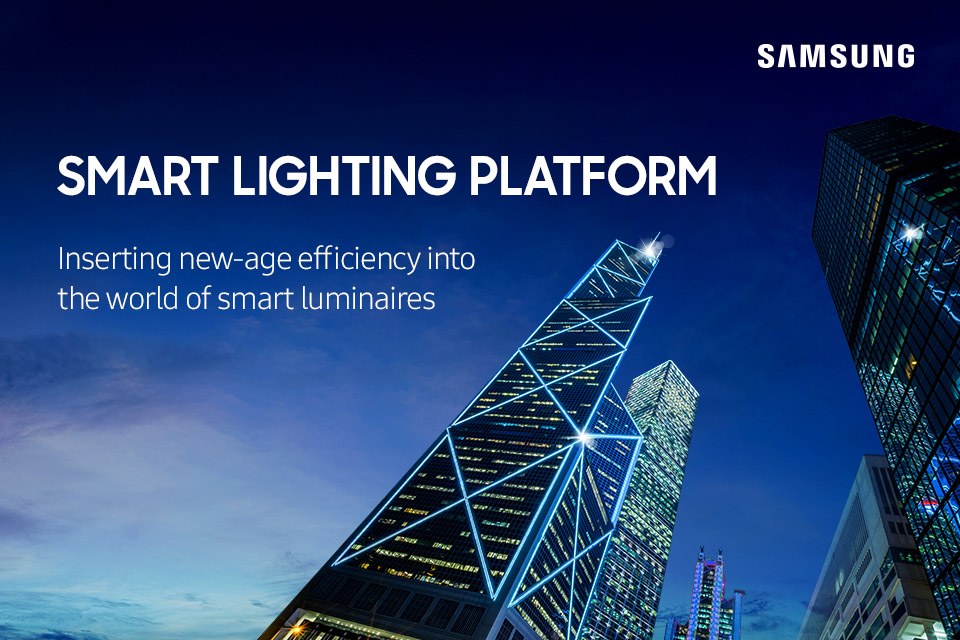
Illuminating Innovation: The Era of Automated Lighting Solutions
In the contemporary landscape of smart homes, automated lighting solutions have taken center stage, transforming the way we interact with and experience lighting in our living spaces. This article delves into the innovative features, advantages, and the transformative impact of automated lighting solutions in maximizing comfort and efficiency.
Seamless Integration for a Connected Home
Automated lighting solutions play a pivotal role in creating a connected and intelligent home environment. These systems seamlessly integrate with smart home ecosystems, allowing users to control their lighting through centralized platforms or mobile applications. The interconnected nature of automated lighting contributes to a cohesive and synchronized home automation experience.
Customizable Ambiance with Smart Dimming
One of the standout features of automated lighting is the ability to create customizable ambiance through smart dimming. Users can adjust the brightness and color temperature of their lights to suit different moods, activities, or times of the day. Smart dimming not only enhances the aesthetic appeal of a space but also contributes to energy efficiency by providing the right amount of light when needed.
Yakima Futures: Exploring the Future of Automated Lighting
Explore cutting-edge automated lighting solutions at Yakima Futures. The platform offers a range of innovative lighting technologies designed to elevate your home’s ambiance and efficiency. Step into the future of lighting with state-of-the-art automated solutions.
Motion Sensors for Smart Efficiency
Automated lighting solutions often incorporate motion sensors, adding an element of smart efficiency to home lighting. These sensors detect movement within a space and automatically turn lights on or off accordingly. This not only enhances convenience but also contributes to energy savings by ensuring that lights are only active when needed.
Voice Control: A Hands-Free Approach
The integration of automated lighting with voice control platforms, such as Amazon Alexa or Google Assistant, introduces a hands-free approach to lighting management. Users can simply use voice commands to turn lights on or off, adjust brightness, or change colors. This level of convenience aligns with the growing trend of voice-activated smart home interactions.
Energy Efficiency and Cost Savings
Automated lighting solutions significantly contribute to energy efficiency and cost savings. The ability to program lighting schedules, coupled with features like occupancy sensing, ensures that lights are only in use when necessary. This not only reduces energy consumption but also translates into lower utility bills, making automated lighting a sustainable and economically sound choice.
Color Tuning for Health and Well-Being
Advanced automated lighting solutions often include color-tuning capabilities that can positively impact health and well-being. The ability to adjust the color temperature of lights mimics natural sunlight patterns, promoting better circadian rhythms and enhancing overall comfort. Color tuning is particularly valuable for creating optimal lighting conditions in different areas of the home.
Security Enhancement through Automation
Automated lighting can enhance home security by creating the illusion of occupancy even when residents are away. The ability to program lights to turn on and off at specific times or in response to motion detection adds a layer of security by deterring potential intruders. This proactive approach contributes to a safer home environment.
Smart Sensors for Adaptive Lighting
Smart sensors in automated lighting systems enable adaptive lighting based on environmental conditions. Daylight sensors can adjust artificial lighting to complement natural daylight, ensuring a well-balanced and energy-efficient lighting scheme. Adaptive lighting responds to changing conditions, creating a harmonious blend of artificial and natural light throughout the day.
Future Trends: Interconnected Lighting Ecosystems
As technology advances, the future of automated lighting points toward interconnected ecosystems. This may include lighting systems that communicate with other smart devices in the home, such as thermostats and security systems, to create a fully synchronized and intelligent living environment. Interconnected lighting ecosystems will likely play a central role in the next wave of smart home innovations.
Conclusion: Illuminating the Future of Smart Living
In conclusion, automated lighting solutions have become indispensable elements in the realm of smart homes. Their ability to seamlessly integrate, provide customizable ambiance, and contribute to energy efficiency positions them at the forefront of modern living. As we continue to explore the possibilities of smart technology, automated lighting stands as a shining example of how innovation can enhance comfort, efficiency, and the overall quality of our living spaces.
